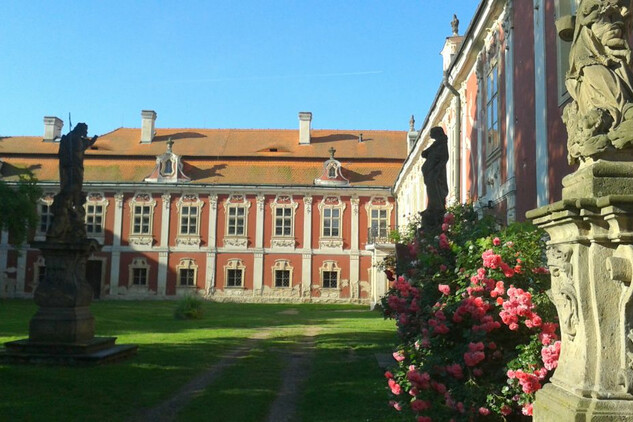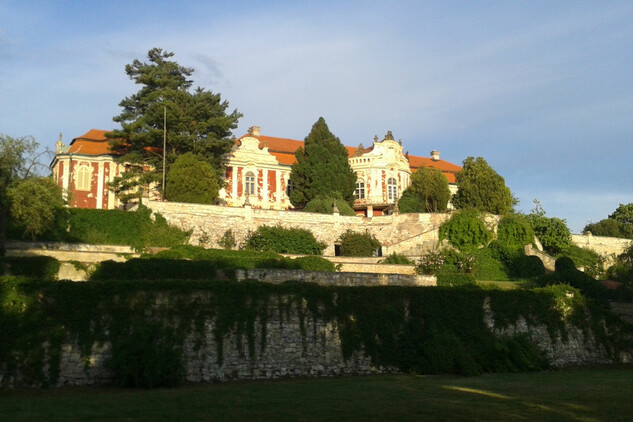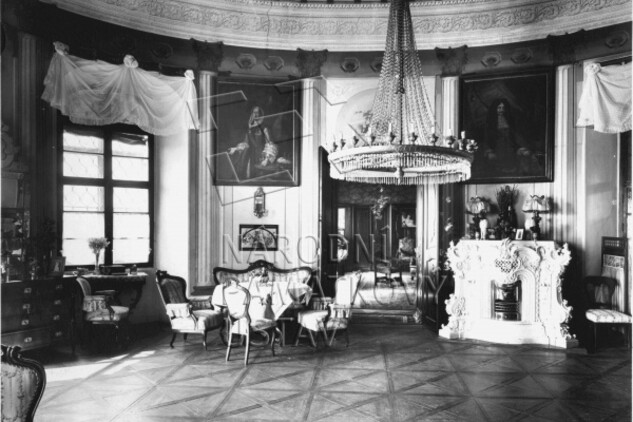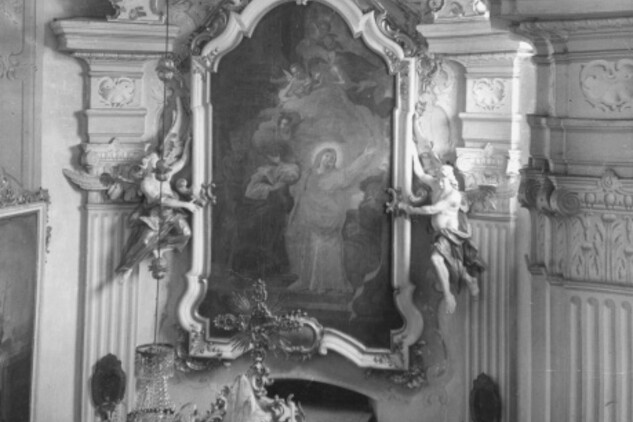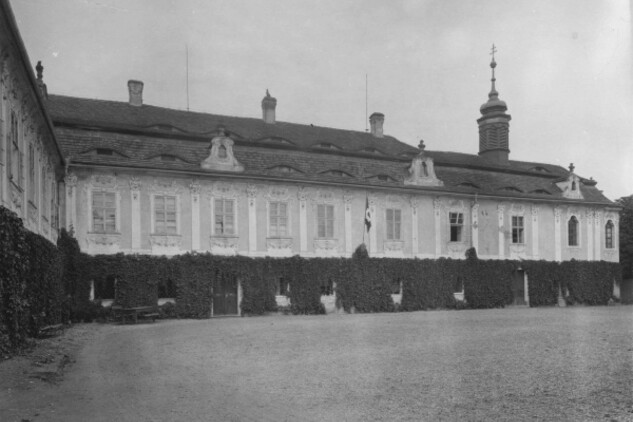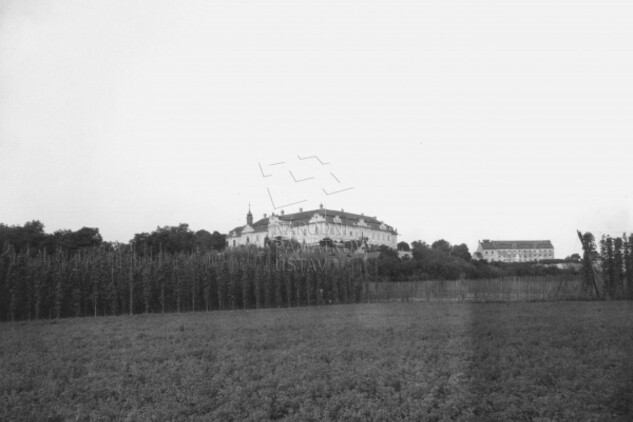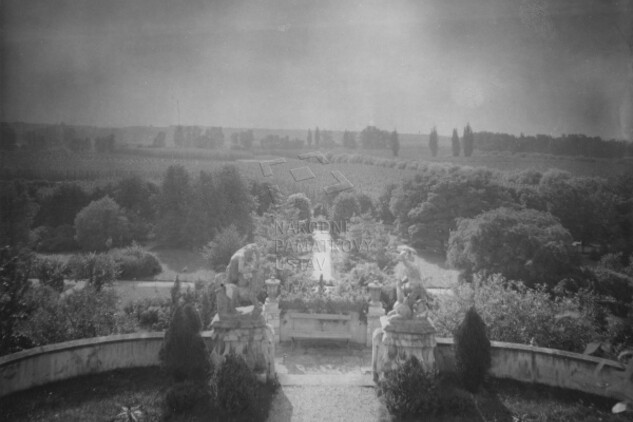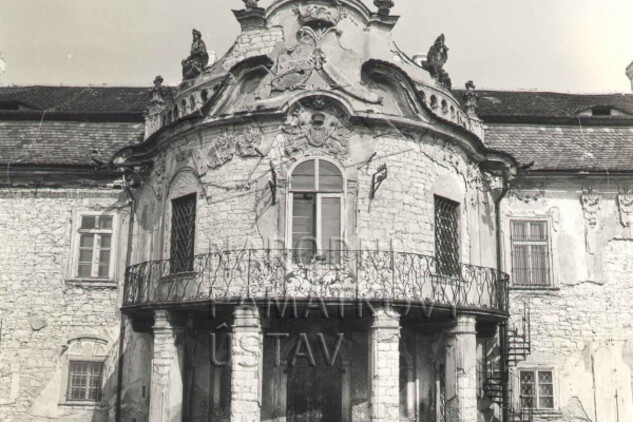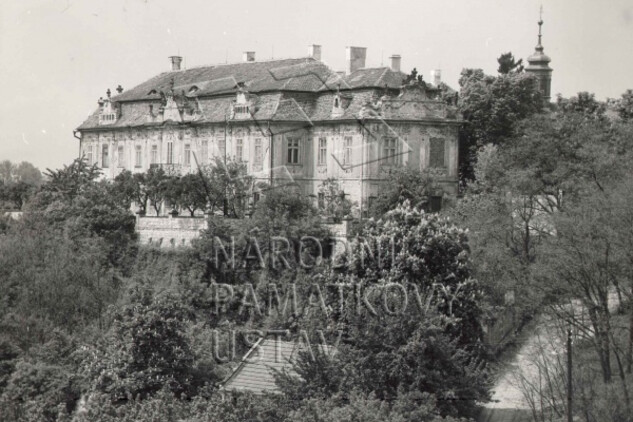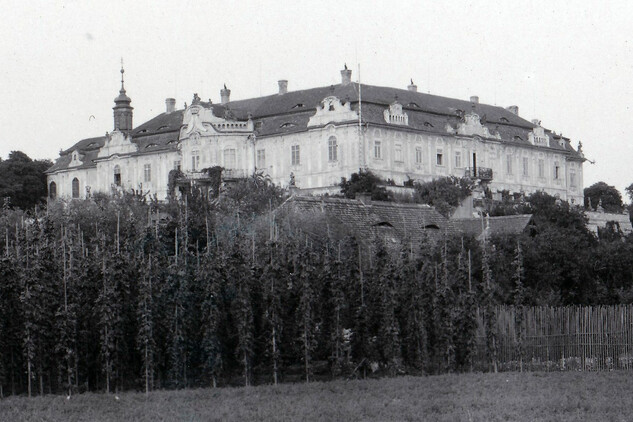History
Stekník from the late Middle Ages to present
From the fortress through baroque chateau to residential Rococo residence
On the site of present chateau was a fortress of the knight’s family Kaplíř of Sulevice, in the late Middle Ages. Kaplíř family held Stekník until the beginning of the Thirty years war, when it was confiscated for religious reasons. In 1681 rich Saazer (Žatec) citizen Jan Jiří Kulhánek bought remnants of the fortress, later he promoted to the nobility position and since that he could use name of Klaudenstein. On the site of fortress he built a chateau in the style of high baroque. In the middle of 18th century his grandson Jan František, saint lord of Klaudenstein rebuilt the chateau into Rococo style. He held the Stekník since 1760 and in 1772 he obtained the count title for his family; later he strengthened its status by joining with a significant family of Hohenembs (by marriage to Maria Francisca, Countess of Hohenembs). In 1795, Jan František sold Stekník to the knight Antonín Josef Korb of Weidenheim. In this North Bohemian family, the chateau was held until 1892.
Later the Hennet family inherited the chateau. Judr. Leopold, saint lord of Hennet sold the estate through the central direction of Prague’s company Hielle and Dittrich to Hans Fridrich Gimbel in 1907. Then the Stekník inherited Swiss consul Gérold Déteindre who was the last private owner of the chateau Stekník and surrounded areas. His descendants held the Stekník until November 1949. In that time, the chateau with all properties was confiscated by Czechoslovakian Republic under the so called ”Replacement agreement” between Swiss Confederacy and Czechoslovakian Republic. Its land was parcelled and the chateau served to Hop Research Institute in Žatec and later the National Gallery of Prague which placed a depository of the paintings there. In 1997, the Stekník has come under the National Heritage Institute (firstly under administration office in Ústí nad Labem, currently under administration in Prague).
Something about decoration of the chateau interiors
Extensive building activities in era of Jan František Václav Kulhánek of Klaudenstein, touched the interior renovation in the 60s of 18th century. Walls and ceilings were covered by frescos and wall illusive paintings in sala terrena, the main hall and the chapel. Other living rooms were painted with high quality illusive paintings as well. The chapel was equipped with paintings by Ignác Raab. Probably, the decoration painting action took place in between 1767–1769. Interior decorations were also completed with stucco decor and after that took place a new facade in Rococo style of the chateau, gardens and surrounding walls around complex. In that time, the area around chateau got attention as well as the decoration of access communication between sculptures, rebuilding of manorial house (house number 9.) and enlargement of manorial granary. It was created a unique landscape composition with the Baroque spirit so called “Gesamtkunstwerk”.
